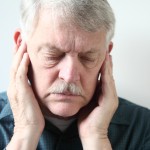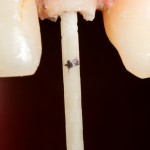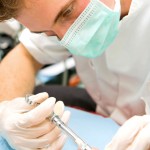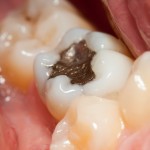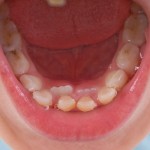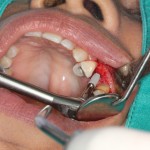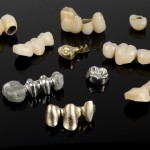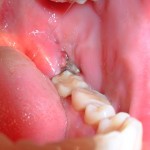
It has been estimated that about 25% of 10-40 year old European adults were affected by tooth wear (See Dental Elf 30th Sept 2013). The aim of this review was to identify similarities among treatment options for generalized tooth wear and to develop an approach to rehabilitation based on the best evidence available. Searches were [read the full story…]
